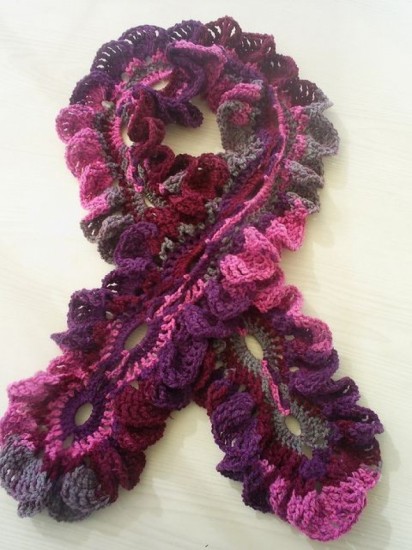Frilly Scarf Making
Gallerys - Videos is a blog web site that have DIY videos
- 1 | 20
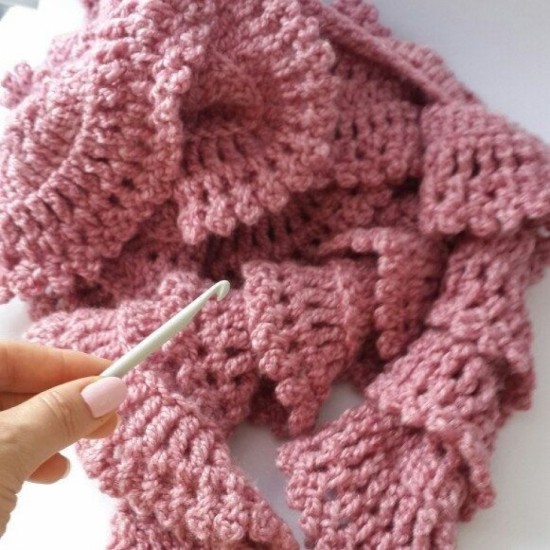
Another beautiful model. Its easy knitting posture is very elegant. If desired, you can weave with tie-dye yarns or single-color yarns. It looks great with both types of strings.
- 2 | 20
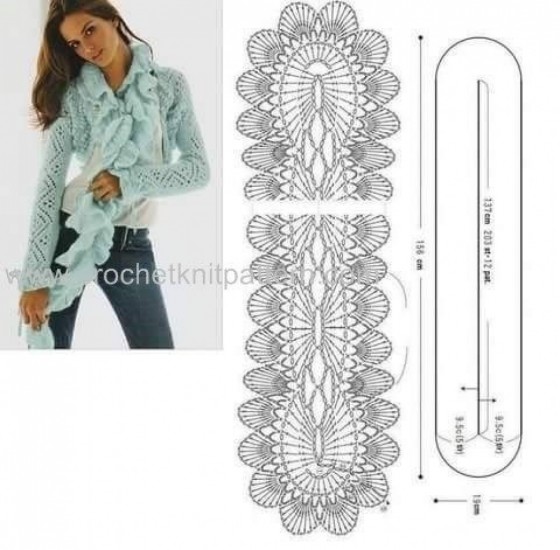
The manufacture of ruffled scarves is a good example of perforated fabric models. You can use knitted collar models as knitted scarf models. You can stretch your fabrics and shawls that you knit with Angora ropes.
- 3 | 20
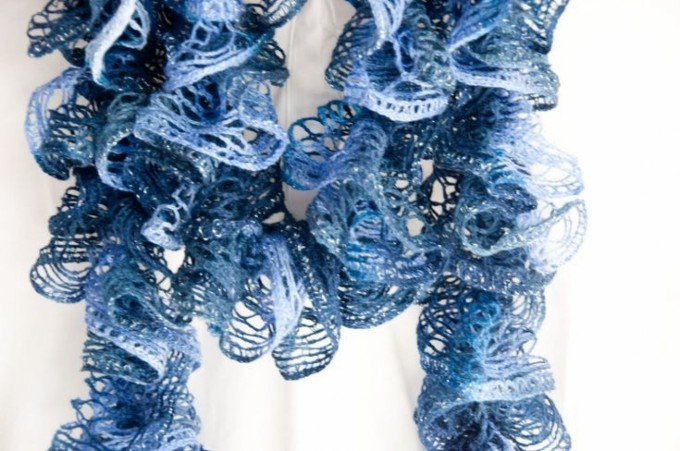
You can use 1 strand of angora to make the pattern, also known as ruffled scarf making, lettuce neck patterns. The color and variety you want. We will also need skewers and 4mm scissors.
- 4 | 20
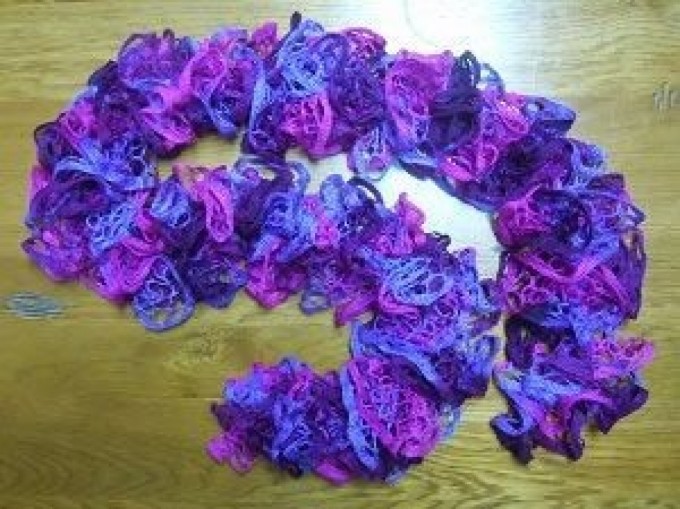
The model starts with 7 loops. It is knitted from wrong side to wrong side, from smooth to smooth. When we count our fabric backwards, there will be 7 rows. And in the front of the model, we knit 7 rows increasing between each loop. We repeat this process 4 times.
- 5 | 20
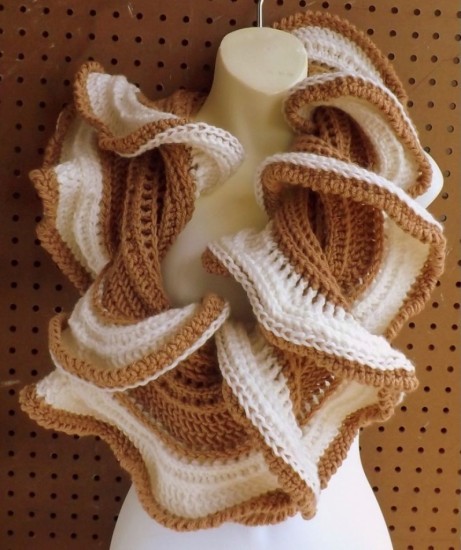
We create the first segment by cutting the loops that we have increased to 97 loops from the fourth increment process, 48 loops on the front face of our fabric. We knit 7 rows of 49 loops remaining in our bottle, then we cut 48 loops from the front side increasing again and we knit the remaining 49 loops 7 rows.
- 6 | 20
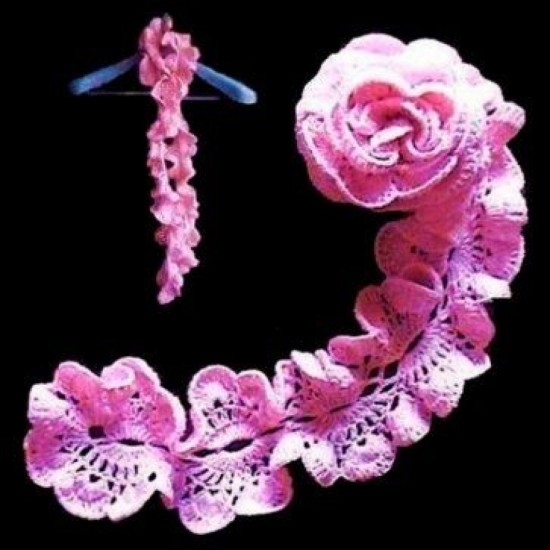
In this way, we create slices until we reach the desired length. An elegant model emerges that you can use as a scarf or scarf. Once our fabric is finished, we iron it with light steam. Or we stretch while weaving.
- 7 | 20
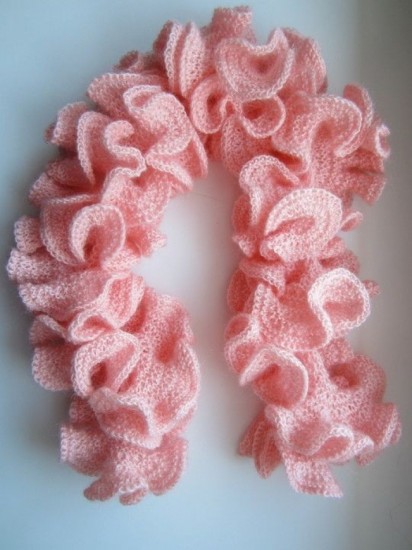
The best technical stretch is for me. Once the ironing or stretching process is finished, our braid is raised in the shape of a frilly lettuce. Come all calm.
- 8 | 20
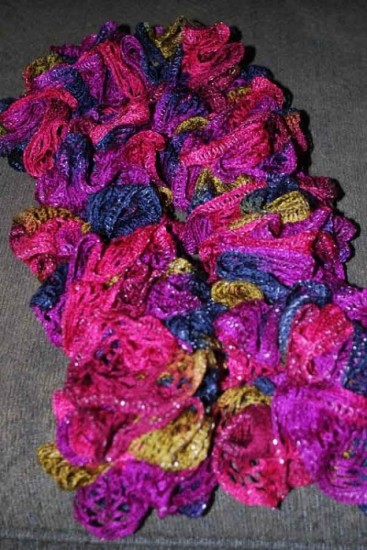
- 9 | 20
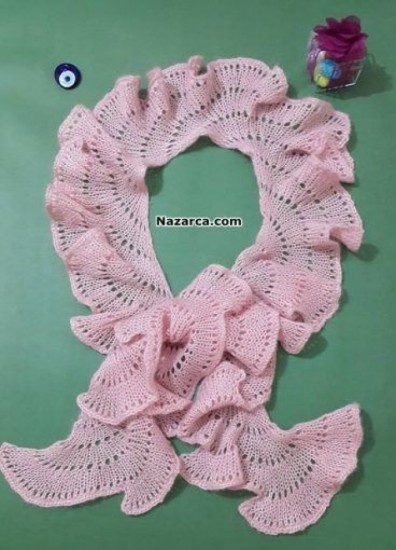
- 10 | 20
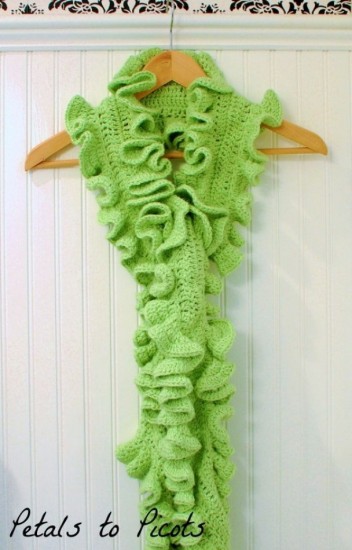
- 11 | 20
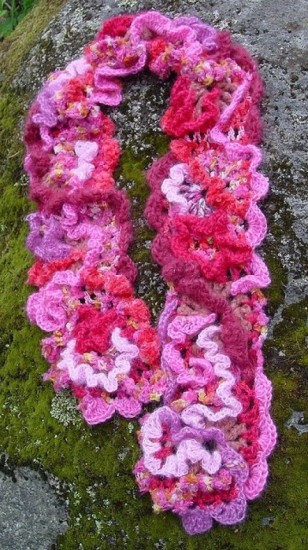
- 12 | 20
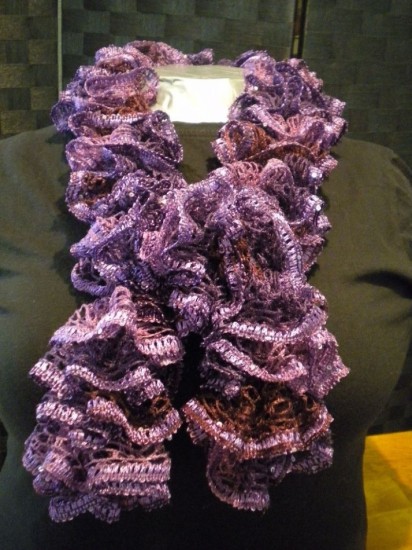
- 13 | 20
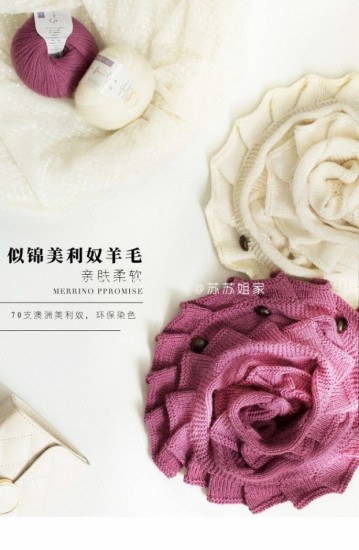
- 14 | 20
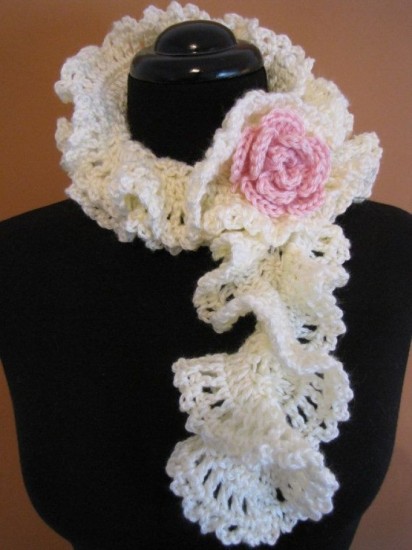
- 15 | 20
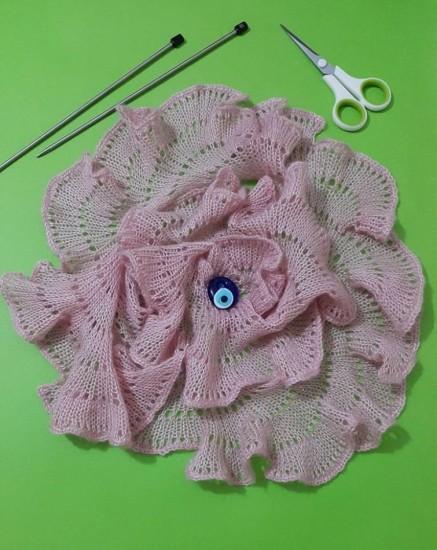
- 16 | 20
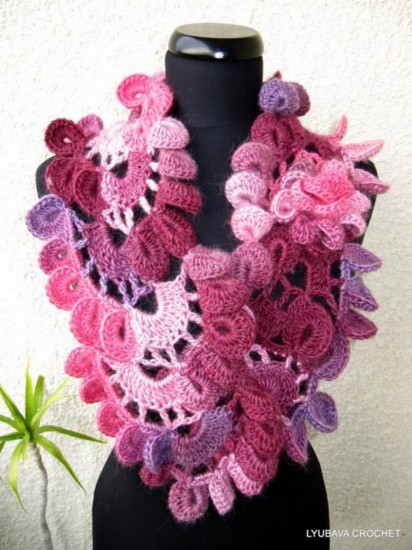
- 17 | 20

- 18 | 20
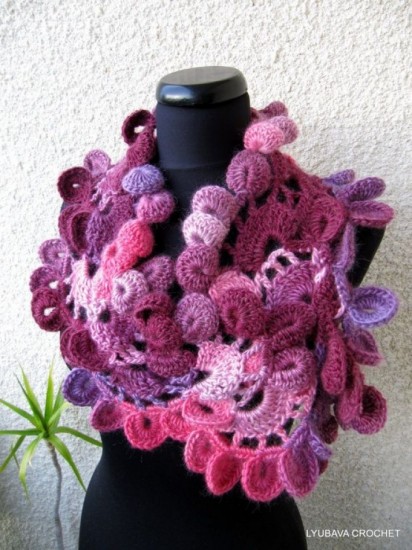
- 19 | 20
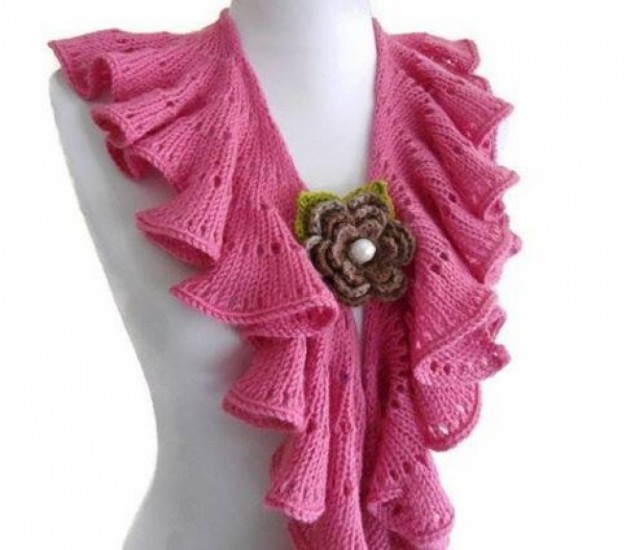
- 20 | 20
